incl. VAT plus shipping costs
Immediate delivery, express possible ![]()
Only 1 itemleft in stock
- Item no: 5546
Fast delivery times
All products are in stock with us!14 years of breeding experience
Let our team of experts advise you!High customer satisfaction
from over 3,000 reviews "The Blue Papuan Crayfish is a color variation of Cherax boesemani. With bright blue legs, a blue-brown, green-brown to rust-brown body and its claws colored from dark blue-black to purple, blue and orange, this really beautiful crayfish from Papua/Indonesia is a real eye-catcher. In its native country it can be found in running waters as well as in lakes. With a body length of 10 to 12 cm (always measured without claws) it stays rather smaller. Sexually mature males are easily recognized by their bright claw blisters on the outside of the claws and also, of course, like all Cherax, by the fact that the gonopores (sexual openings) are located at the base of the fifth pair of walking legs. In females, the gonopores are found at the origin of the third pair of legs, and in females the claw vesicles are completely absent.
Cherax boesemani is a quite compatible crayfish within the species and can be kept well in the aquarium. For a pair we recommend an aquarium with 80 cm edge length or above. Give the habitat a good structure with piled up stones and aquarium roots. This allows the crayfish to hide from each other if, for example, they need protection after a moult or simply want their peace and quiet for once. Special crab caves made of ceramic or even coconut caves are also suitable. The Blue Papua Crab is an active burrower. Therefore, make sure that all structural material is in a tip-proof position and cannot be undermined. Soft-leaved plants such as Pogostemon helferi can be eaten, but basically Cherax boesemani does not go intensively to plants. Choose species with rather hard foliage (such as Congo fern or Anubias) or fast growing plants (waterweed, nixwort, hornwort) for your crayfish tank. Please make sure that the aquarium is absolutely tightly covered (stuff recesses with filter floss if necessary!), Blue Papua Crayfish climb well and like to go exploring once in a while.
Young Cherax boesemani are pronounced omnivores and therefore need besides vegetable also animal food like special crayfish food (Natureholic Krebsfeed), frozen food, protein food (Natureholic Proteinfeed), FD food and so on. However, as they get older, they become mostly vegetarians and then like to take green food, unsprayed vegetables, brown autumn leaves (super as permanent food to keep in the aquarium). A too protein-heavy diet of adult Cherax can lead to massive moulting problems!
The Blue Papua Crab is a crepuscular and nocturnal crayfish. However, after a period of acclimation it can be seen during the day as well, mainly when feeding. Socialization with less aggressive fish can work, but it can also happen that Cherax boesemani hunts. Sick and dead fish are eaten, the crayfish act as natural health police here. Snails and mussels are cracked, shrimps on the other hand usually leave these Cherax alone. A socialization with other crayfish species or even with large-armed shrimps can only go wrong, please do not try it!
Never allow Cherax boesemani, the Blue Papua Crayfish, to come into direct or indirect contact with American crayfish. Even through the water in which these crayfish live, the pathogen of the crayfish plague can be transmitted, which Cherax cannot resist and which always leads to death in them.
Cherax boesemani prefers soft to medium hard water with a high oxygen content (GH above 6, pH between 6 and 7.5) and temperatures between 20 and 28 °C.
After molting and successful mating, the female Blue Papuan Crab carries between 40 and 80 round eggs under her abdomen, where they are cared for and fanned until hatching. After seven to nine weeks, the baby crabs hatch and are carried along for a while. Once they leave the mother, they are immediately independent. A thick layer of brown fall foliage increases the chances of survival for the little crabs, which can be quite cannibalistic among themselves. Blue Papua Crayfish juveniles grow quite slowly.
Our food recommendation: Freshwater crayfish have a very varied diet in the wild. The Natureholic Crab Feed Sticks contain in a biologically balanced form only those ingredients that these crayfish in this or similar form to their natural food spectrum. This naturally supports and promotes moulting, growth and reproduction. Due to their protein content they are ideally suited for omnivorous crayfish of the genera Procambarus, Cambarus, Cambarellus, Astacus and the Cherax crayfish from Australia, which are basically omnivores that like to eat animal as well as vegetable food. The crayfish of the genus Cherax from Papua also like to eat a portion of animal food when they are young, but later they switch mainly to plant food.
Our plant recommendation: Use for planting NatureHolic InVitros. These are free of snails, planaria and other unwanted co-inhabitants. Also free of algae spores, bacteria and fungi.
Expert Tip: We recommend for fish keeping the NatureHolic 3 Phase Liquid. The care set offers the best all-round protection for your animals. It ensures optimal conditions for successful breeding and keeping.
| Scientific name | Cherax boesemani Lukhaup &Pekny, 2008 |
| German Name: | Blue Papuan Crab |
| Difficulty level: | suitable for beginners |
| Origin/Distribution: | Papua/Indonesia |
| Coloration: | variable blue, greenish brown to rusty brown, with blue, black, purple to orange markings and bright blue legs, males with a pale scissor blister |
| Age expectancy | 2 to 5 years |
| Water parameters: | GH from 6, KH to 8, pH 6 to 7.5, temperature 20 to 28 °C |
| Tank size: | from 80 l for a pair, but we recommend a size of at least 112 l for successful breeding |
| Food | brown autumn leaves, Natureholic crayfish feed, frozen food, vegetables, green food (spinach, nettle), protein food |
| Propagation | not difficult, after seven to nine weeks 40 to 80 young crayfish hatch |
| Behavior | compatible |
| Socialization | with shrimps, possibly with peaceful medium sized fishes |
| Further information | Sex differences crayfish, shrimp, crayfish, snails & mussels feed properly, Cherax aquarium crayfish - keeping in the aquarium |
- Item no: 5546
- EAN No.: 0764137669362
Entdecke die Garnelio Welt!
Garnelio gehört zu den größten Onlineshops für wirbellose Aquarientiere weltweit.
Viele Artikel gibt es exklusiv nur bei uns im Shop.

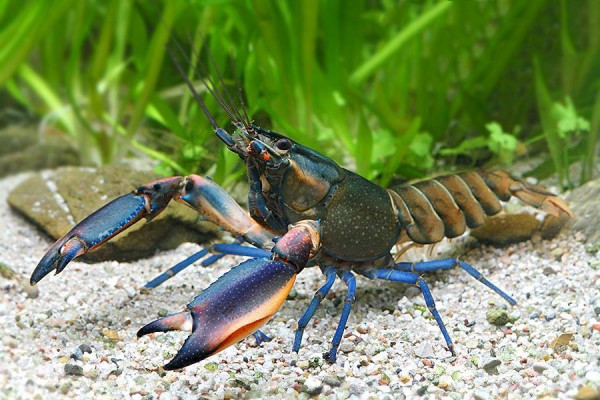
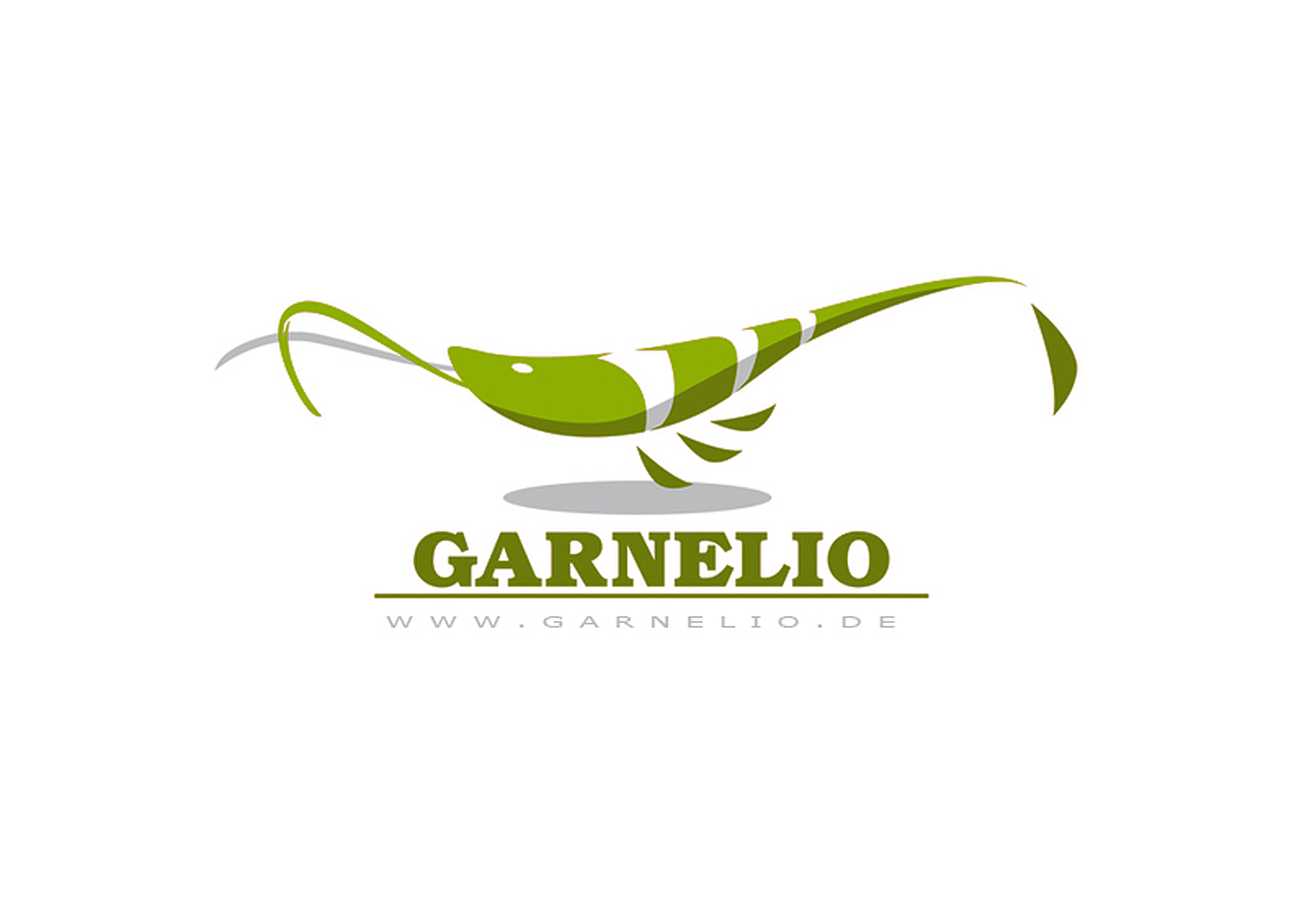

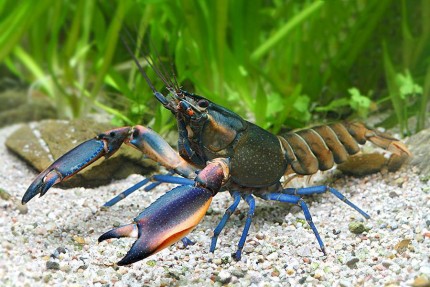
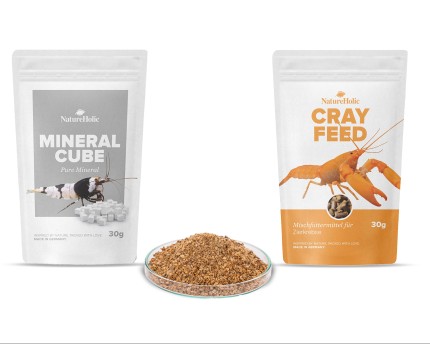
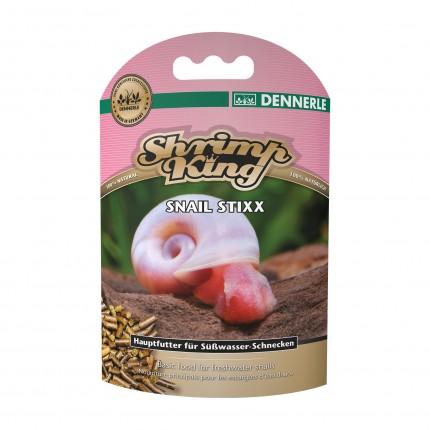

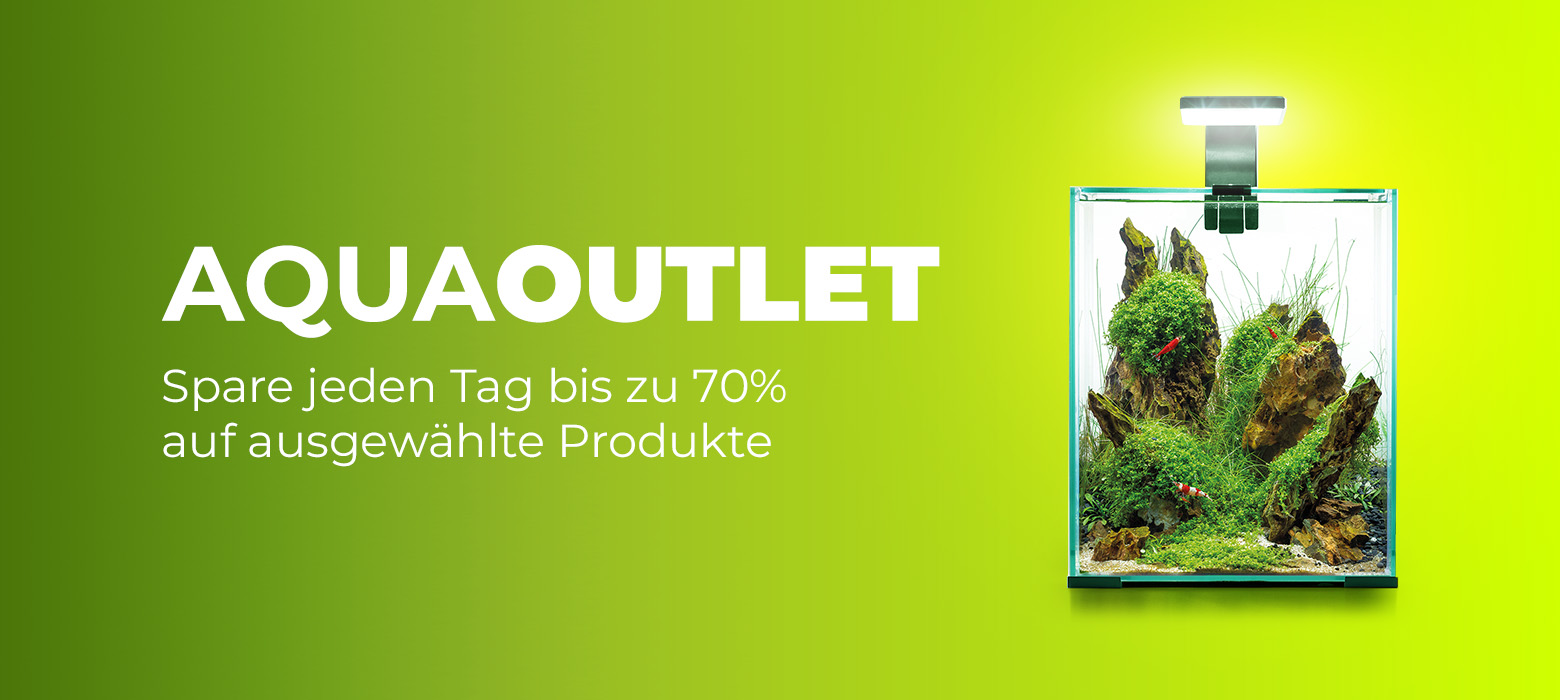
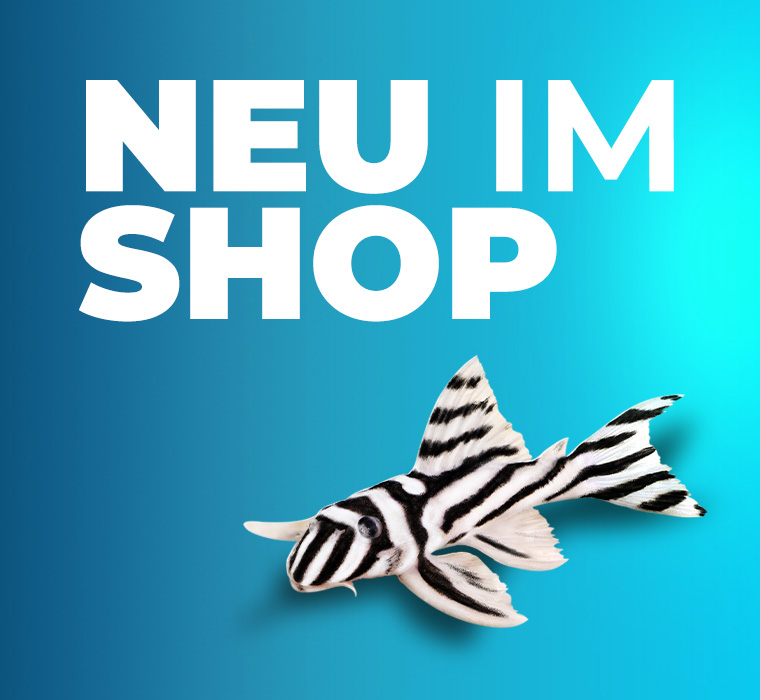
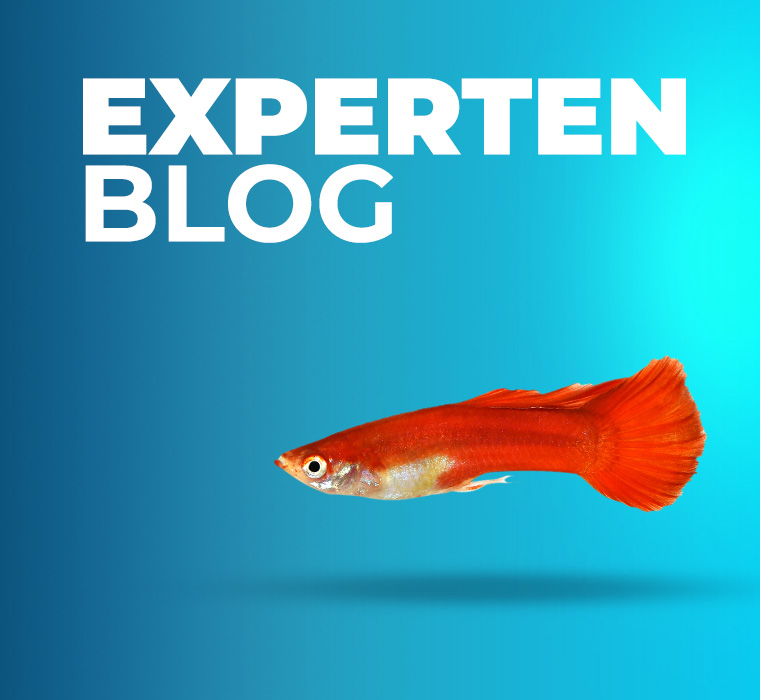

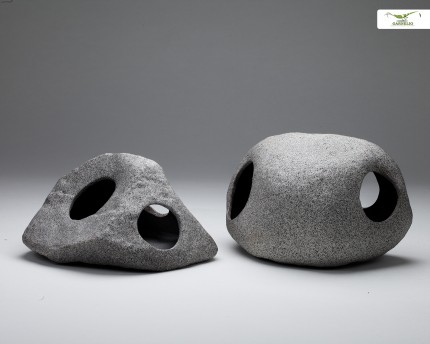
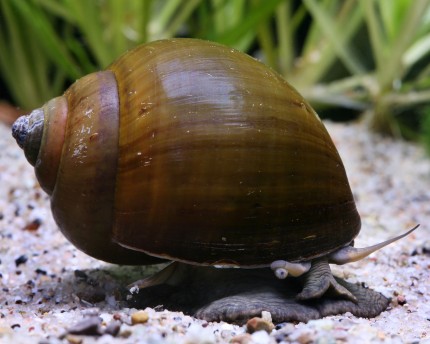
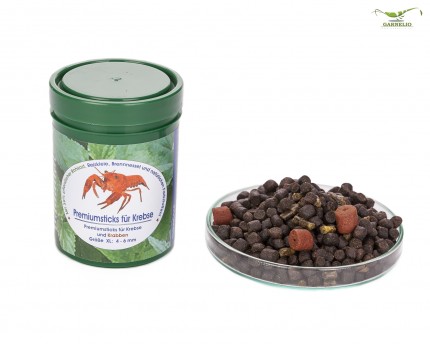
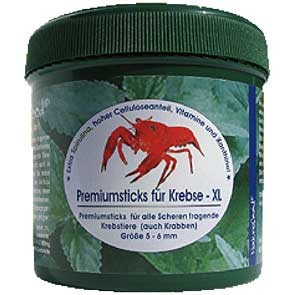
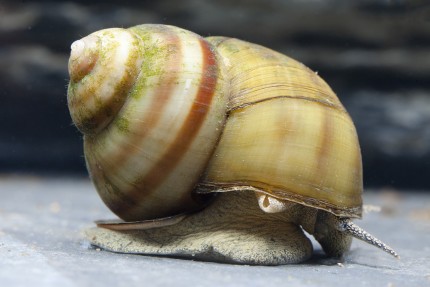
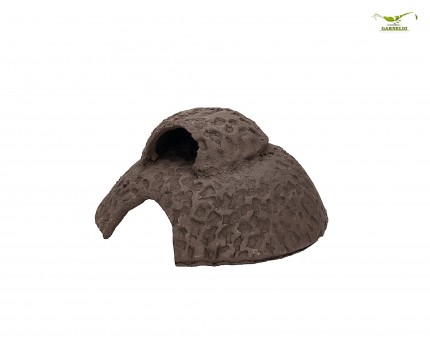
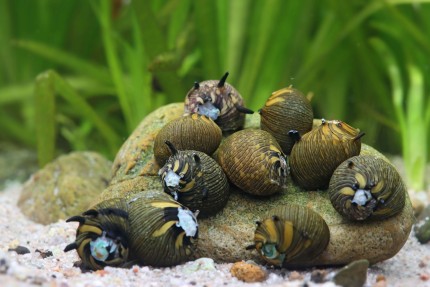
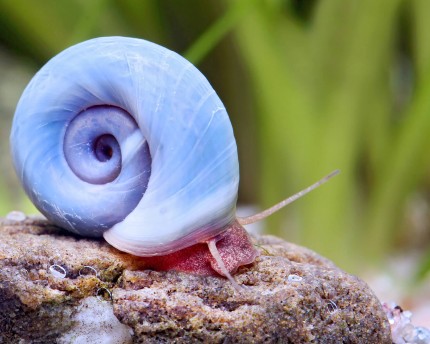
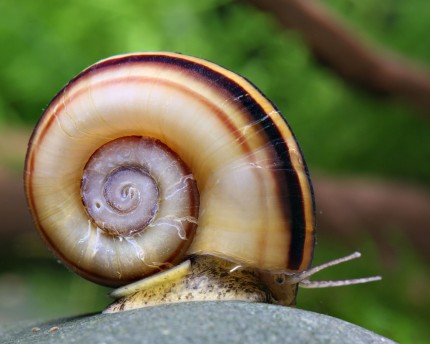
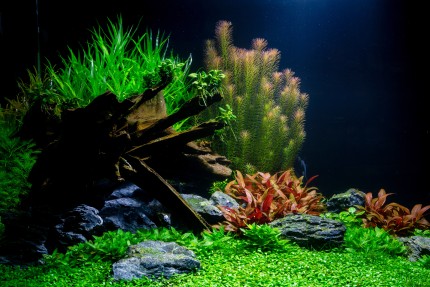
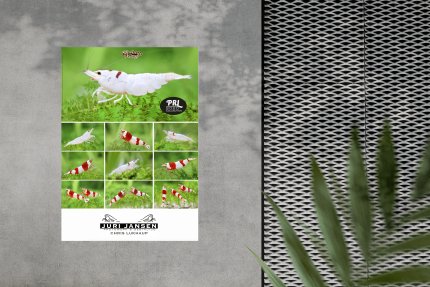
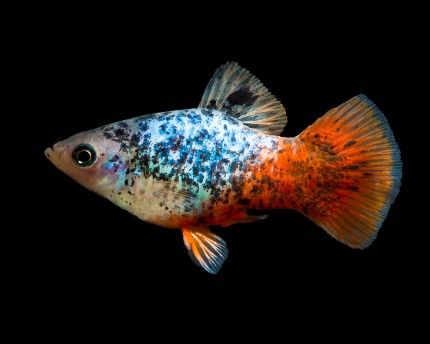
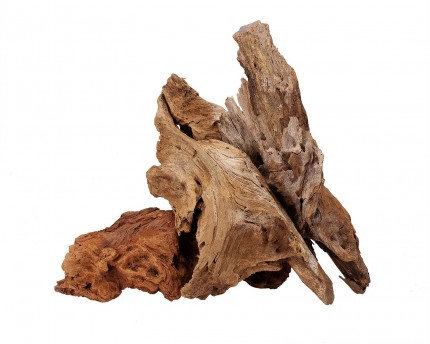
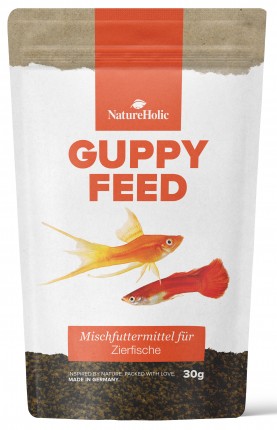
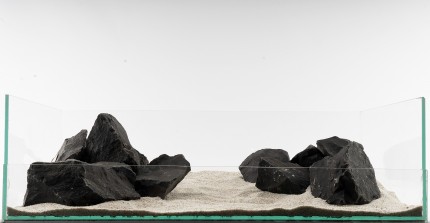
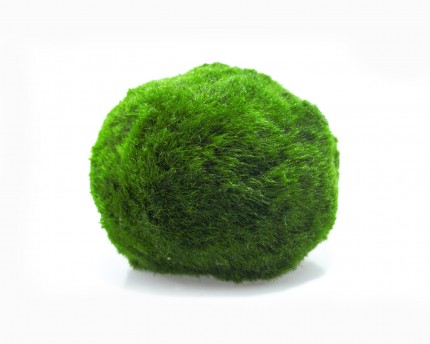
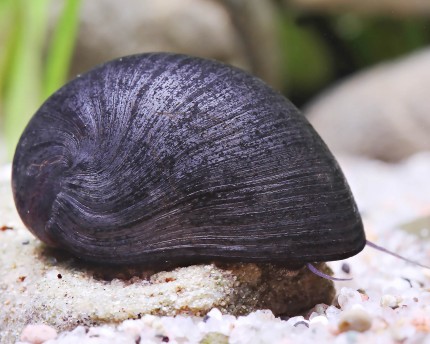
The fields marked with * are required.
I have taken note of the privacy policy.